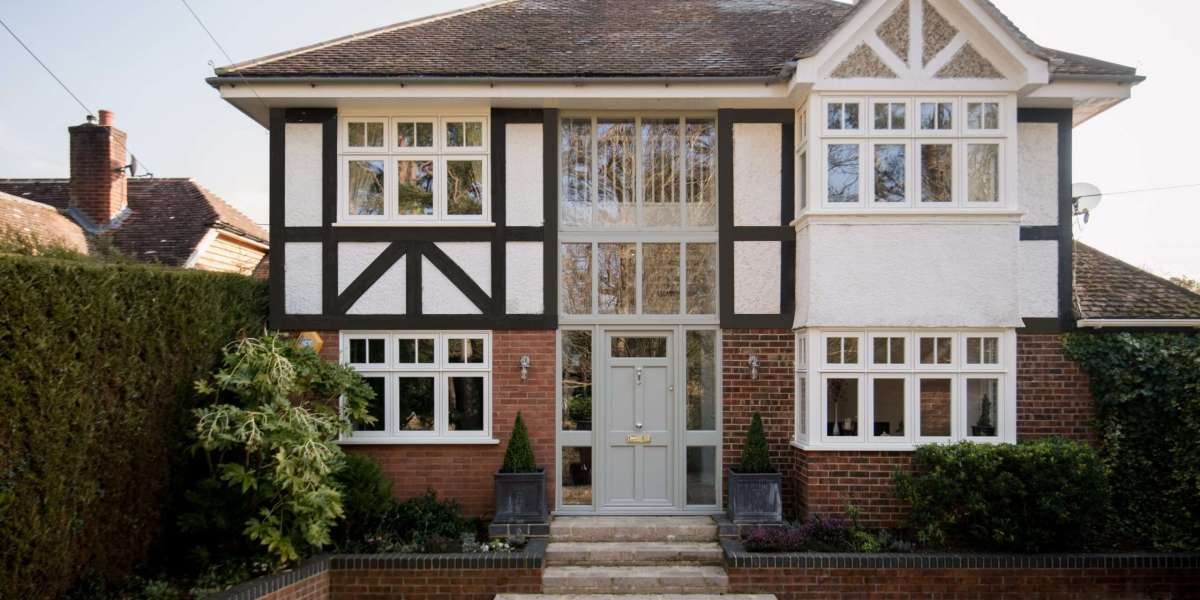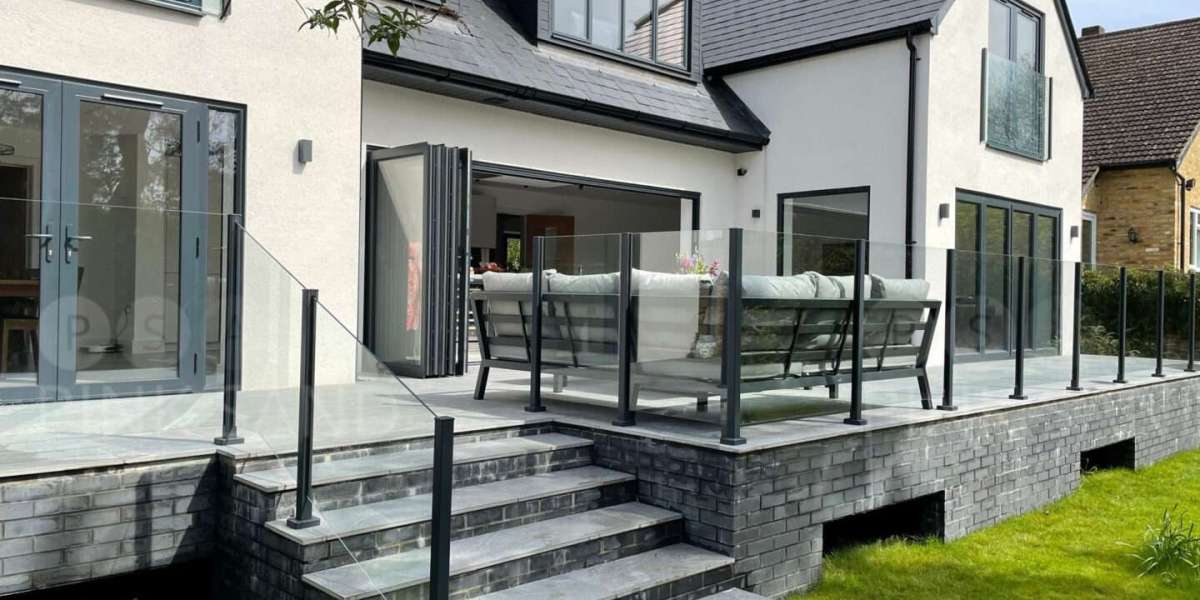Introduction
In contemporary architectural design, glass partitions have emerged as a popular solution for creating flexible and aesthetically pleasing spaces. These structures not only enhance the visual appeal of an environment but also serve practical purposes such as sound insulation, light transmission, and space delineation. This report delves into the various aspects of glass partitions, including their types, benefits, design considerations, and applications across different sectors.
Types of Glass Partitions
Glass partitions can be categorized into several types based on their design, functionality, and installation method. The most common types include:
- Frameless Glass Partitions: These partitions consist of large glass panels held together with minimal framing, creating a seamless and modern look. They are ideal for open spaces where unobstructed views are desired.
- Framed Glass Partitions: Unlike frameless partitions, these structures use metal or wooden frames to support the glass panels. This type offers more structural stability and is often used in environments requiring additional security.
- Movable Glass Partitions: These are designed to be flexible and can be reconfigured as needed. They are often used in conference rooms or multipurpose spaces, allowing for easy transformation of the layout.
- Soundproof Glass Partitions: Specially designed to minimize sound transmission, these partitions are essential in environments where privacy and noise control are critical, such as offices and recording studios.
- Decorative Glass Partitions: These partitions feature etched, frosted, or colored glass, adding an artistic element to the space while still serving as a functional divider.
Benefits of Glass Partitions
The use of glass partitions in interior design offers numerous advantages:
- Enhanced Natural Light: One of the most significant benefits of glass partitions is their ability to allow natural light to permeate through spaces. This not only reduces the need for artificial lighting but also creates a more inviting and vibrant atmosphere.
- Visual Connectivity: Glass partitions maintain visual openness, allowing occupants to see and interact with one another even when separated by a physical barrier. This can promote collaboration and communication in workplace environments.
- Aesthetic Appeal: The sleek and modern appearance of glass partitions can elevate the overall design of a space. They can be customized with various finishes and textures to match the interior decor.
- Space Optimization: Glass partitions can help define areas without the bulkiness of traditional walls, making them ideal for smaller spaces. They create an illusion of spaciousness while providing functional separation.
- Acoustic Control: With the right specifications, glass partitions can effectively manage acoustics, providing sound insulation that enhances privacy in offices, conference rooms, and other environments.
- Sustainability: Glass is a recyclable material, and its use can contribute to sustainable building practices. Additionally, the natural light provided by glass partitions can reduce energy consumption.
Design Considerations
When incorporating glass partitions into a space, several design considerations should be taken into account:
- Purpose and Functionality: Understanding the primary function of the space is crucial. For instance, a partition in a busy office may require soundproofing, while one in a retail environment may prioritize aesthetics.
- Type of Glass: The choice of glass is essential. Options include tempered glass for safety, laminated glass for sound insulation, and low-emissivity glass for energy efficiency.
- Height and Configuration: The height of the partition should align with the intended level of privacy and openness. Additionally, http://littlebournebenefice.org.uk/littlebourne-benefice-hosts-a-memorable-community-gala/ the configuration should facilitate movement and accessibility.
- Finishes and Treatments: Glass can be treated with various finishes such as frosted, tinted, or patterned to enhance privacy and aesthetics. The choice of finish should complement the overall design theme.
- Structural Support: Depending on the type of partition, adequate structural support must be considered. Frameless partitions require careful engineering to ensure stability.
- Regulatory Compliance: It is essential to adhere to local building codes and regulations regarding safety, fire resistance, and accessibility.
Applications of Glass Partitions
Glass partitions are versatile and can be utilized in various sectors:
- Corporate Offices: Many modern offices utilize glass partitions to create open-plan layouts while providing private meeting spaces. This promotes collaboration while maintaining areas for focused work.
- Retail Spaces: In retail environments, glass partitions can create distinct areas for different product lines while allowing customers to see the entire store layout, enhancing the shopping experience.
- Healthcare Facilities: Glass partitions in hospitals and clinics can help maintain privacy while allowing natural light into patient areas, creating a more welcoming environment.
- Educational Institutions: Schools and universities are increasingly adopting glass partitions to create flexible learning spaces that encourage interaction among students and faculty.
- Hospitality: Hotels and restaurants use glass partitions to create elegant dining areas or private event spaces, enhancing the overall guest experience.
Challenges and Considerations
While glass partitions offer numerous benefits, there are challenges and considerations to keep in mind:
- Cost: Glass partitions can be more expensive than traditional wall systems, particularly when high-quality materials and custom designs are involved.
- Maintenance: Glass surfaces require regular cleaning to maintain their appearance. Fingerprints, dust, and smudges can detract from the aesthetic appeal.
- Privacy Concerns: While glass partitions can provide some level of separation, they may not offer complete privacy. Additional treatments or designs may be necessary to address this concern.
- Thermal Performance: Depending on the type of glass used, thermal performance can vary. Selecting energy-efficient glass can mitigate issues related to heating and cooling.
Conclusion
Glass partitions represent a dynamic and innovative approach to modern interior design. Their versatility, aesthetic appeal, and functional benefits make them an attractive choice for a wide range of applications. As the demand for flexible and open spaces continues to grow, glass partitions will likely play an increasingly prominent role in shaping the environments where we live, work, and interact. By carefully considering design, functionality, and the specific needs of each space, architects and designers can harness the full potential of glass partitions to create inspiring and effective environments.






